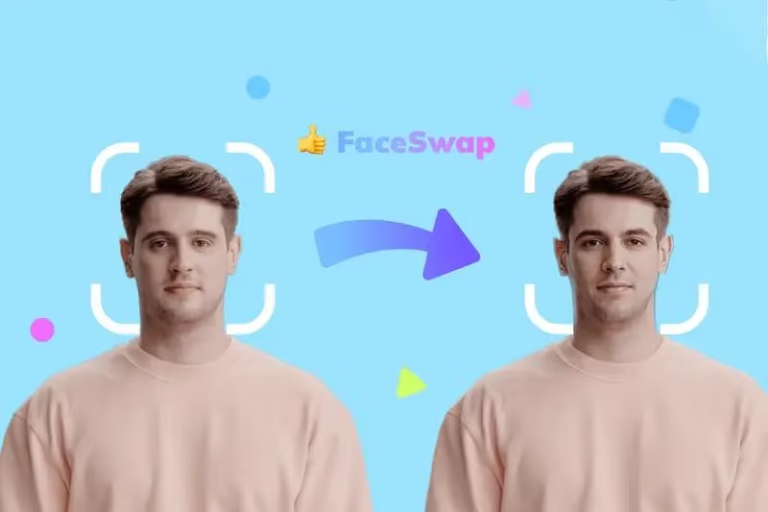How to Design Logos That Properly Represent a Brand: A Step-by-Step Guide
Introduction
Creating a logo is not a matter of simply making something that looks “cool.” It’s about capturing the essence of a brand in a way that’s instantly recognizable and meaningful. Whether you’re launching a new business or refreshing an existing one, your logo sets the tone for how your audience perceives you. Here’s how to design logos that are functional, memorable, and on-brand.
What Makes a Great Logo?
Before diving into the process, it’s important to understand what makes a logo effective. A strong logo is:
- Simple: Easy to recognize and recall.
- Relevant: Reflects the brand’s values and message.
- Memorable: Leaves a lasting impression.
- Timeless: Avoids trends that may quickly fade.
- Versatile: Scales well and adapts across mediums.
A fantastic logo is simple, relevant, memorable, timeless, and versatile—the five cornerstones of good design.
Step-by-Step Process to Design Logos
Step 1: Define the Brand Identity
A logo is a visual symbol of a brand. Without understanding the brand’s core values, mission, and audience, it’s impossible to create a meaningful design.
Ask questions like:
- What does the brand represent?
- What are its core values?
- Who is the target market?
- What differentiates it in the market?
Develop a brand personality—tone, emotion, and traits—to guide your design.
Begin your logo design process by defining the brand’s identity—it dictates everything that comes after.
Step 2: Industry and Competitor Research
Once your brand is clear, explore your market. Study competitors’ logos to identify patterns, clichés, and chances to stand out.
Tips:
- Recognize common graphic elements in your industry.
- Note what works—and what doesn’t.
- Spot areas where your logo can be unique.
Competitive research ensures your logo is niche-relevant and uniquely positioned.
Step 3: Select a Logo Type
There are various logo types. Understanding them helps in selecting what best fits your brand.
Popular types include:
- Wordmark: Text logos (e.g., Google, Coca-Cola)
- Lettermark: Initials or abbreviations (e.g., IBM)
- Pictorial Mark: Icon or symbol (e.g., Apple)
- Abstract Mark: Shapes not tied to real objects
- Combination Mark: Symbol + text (e.g., Adidas)
- Emblem: Text inside a symbol (e.g., Harley-Davidson)
Choose a logo type that accurately reflects your brand’s personality and is suitable across applications.
Step 4: Choose Colors and Fonts Wisely
Color and typography are powerful design tools. Each color elicits emotion; each font communicates personality.
Color Tips:
- Apply color psychology (e.g., blue = trust, red = excitement)
- Limit to 2–3 colors for clarity and simplicity
Font Tips:
- Match font style with the brand’s tone
- Ensure readability at all sizes
Color and font choices can enhance your logo’s emotional impact and clarity.
Step 5: Sketch and Conceptualize
Now it’s time to get creative. Begin by sketching a wide variety of ideas. Don’t worry about polish; just explore.
Actionable Tips:
- Draw at least 10 variations
- Mix and match logo types and elements
- Focus on shapes and composition
Sketching multiple versions allows you to uncover the most creative and effective ideas.
Step 6: Digital Drafting and Refinement
Transfer your best sketches to digital software like Adobe Illustrator, Figma, or Canva. Begin refining and testing.
Best Practices:
- Start in black and white to focus on form
- Test scalability from small icons to large banners
- Create multiple variations (e.g., stacked, icon-only)
Digitally refine your best sketches to develop scalable and versatile logo versions.
Step 7: Gather Feedback and Iterate
Design is subjective. Collect input from team members, users, or creative communities to refine your design.
Ask:
- Is the logo easy to remember?
- Does it reflect the brand’s identity?
- Is it clear and legible?
Feedback improves quality—fresh perspectives refine your design.
Step 8: Finalize and Deliver the Logo Package
Finalize your design with a comprehensive logo package for every brand touchpoint.
Include:
- Formats: SVG, PNG, EPS, PDF
- Variants: color, black & white, icon-only
- Guidelines: spacing, sizing, and color usage
A full logo package promotes consistent brand identity across platforms.
Avoid Common Logo Design Flaws
- Too much detail: Makes logos hard to scale and remember
- Overly trendy: Fads fade; timeless designs endure
- Using raster graphics: Stick to vector files for scalability
- Skipping feedback: Others may see what you miss
- Neglecting research: Results in weak, non-resonating logos
Avoiding common mistakes keeps your logo professional, effective, and timeless.
Frequently Asked Questions About Designing Logos
1. What program should I use to design logos?
Tools like Adobe Illustrator, Figma, and Affinity Designer are professional favorites. Beginners can use Canva.
Choose tools that match your skill level and design needs.
2. How long does it take to design a logo?
It can take days to weeks, depending on complexity and revisions.
Allow time for research, feedback, and iteration.
3. Can I design a logo myself without a designer?
Yes. Platforms like Canva or Looka are helpful. However, professional designers offer deeper expertise.
DIY tools work, but designers bring strategic depth.
4. What file types should I get for my logo?
Essential formats: SVG, PNG, PDF, and EPS.
Request multiple formats to ensure future usability.
5. Do I need a tagline on my logo?
Usually not. Taglines can clutter designs and won’t be visible at small sizes.
Keep logos clean; use taglines in marketing materials.
Conclusion: The Power of Intentional Logo Design
Designing a logo is both a creative and strategic process. Done right, it becomes your brand’s visual ambassador—communicating values, drawing in the right audience, and staying relevant over time. With a clear process and awareness of common pitfalls, you can build a logo that says more than words ever could.
A well-designed logo is an investment—a lasting symbol of your brand’s identity and value.
Keep an eye for more latest news & updates on Vents!





